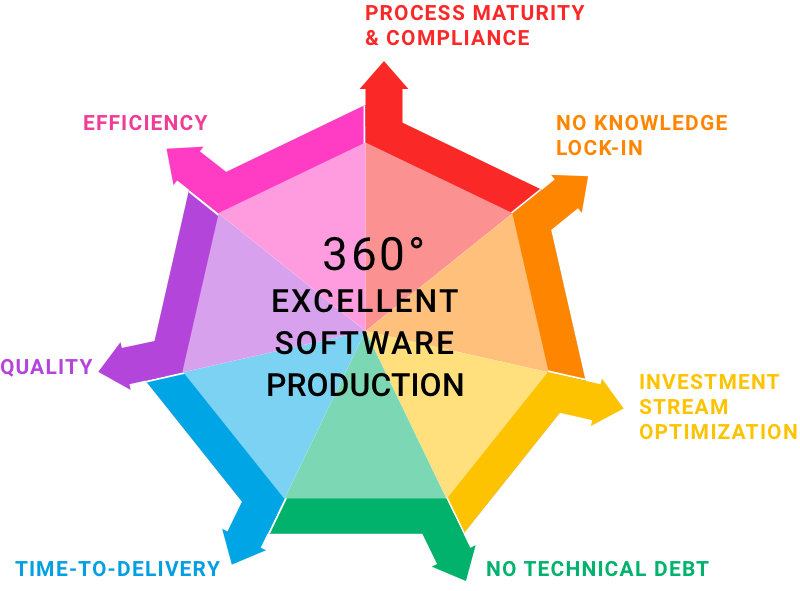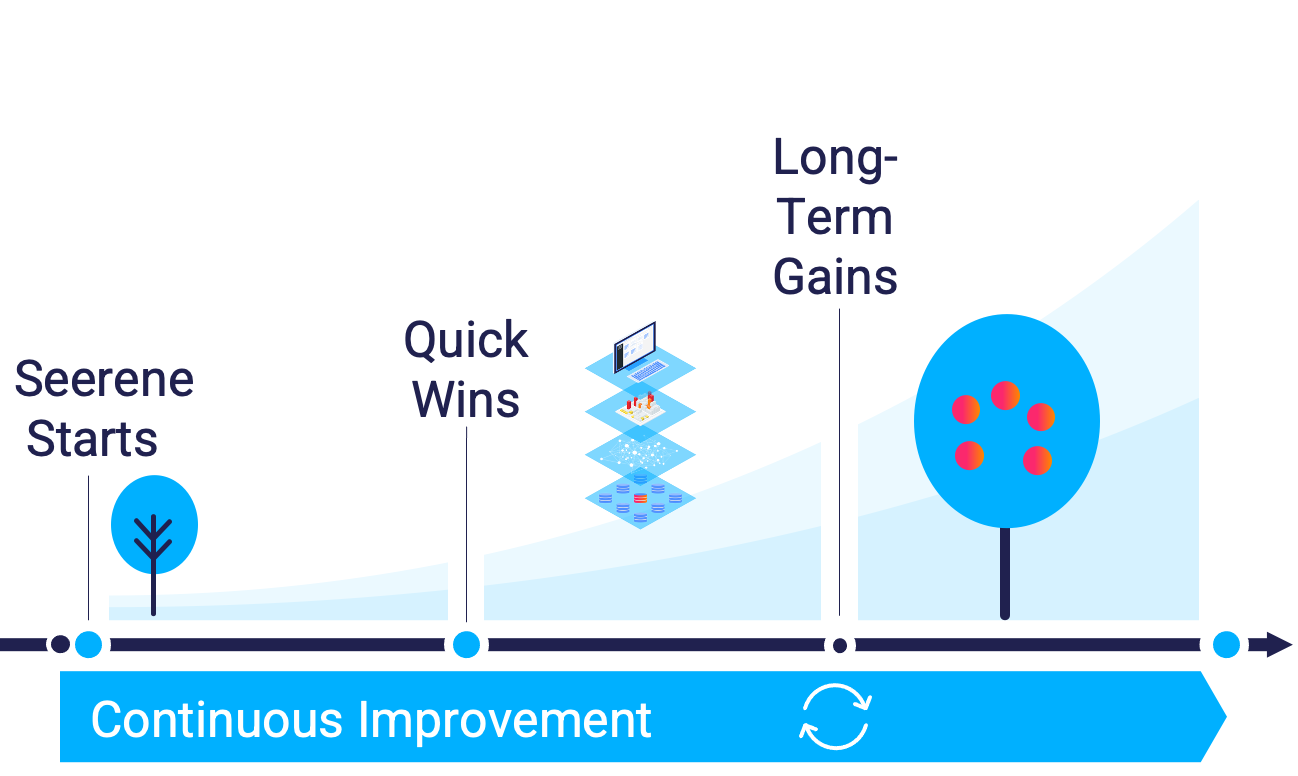
The use case applies to all types of software systems being written in any kind of programming language.
You are responsible for a “software factory” which is a structured organization that owns and maintains a “piece of software” and continuously provides new functionality as a never-ending series of software releases. You distribute the budget across teams and activities in the organization and it is you who is in the line of fire if releases are delivered late or with defects. The work of your teams include:


With the Seerene software analytics platform, you are able to:

August-Bebel-Str. 26-53
14482 Potsdam, Germany
hello@seerene.com
+49 (0) 331 706 234 0
Generative AI Seerene GmbH
August-Bebel-Str. 26-53
14482 Potsdam, Germany
hello@seerene.com
+49 331 7062340